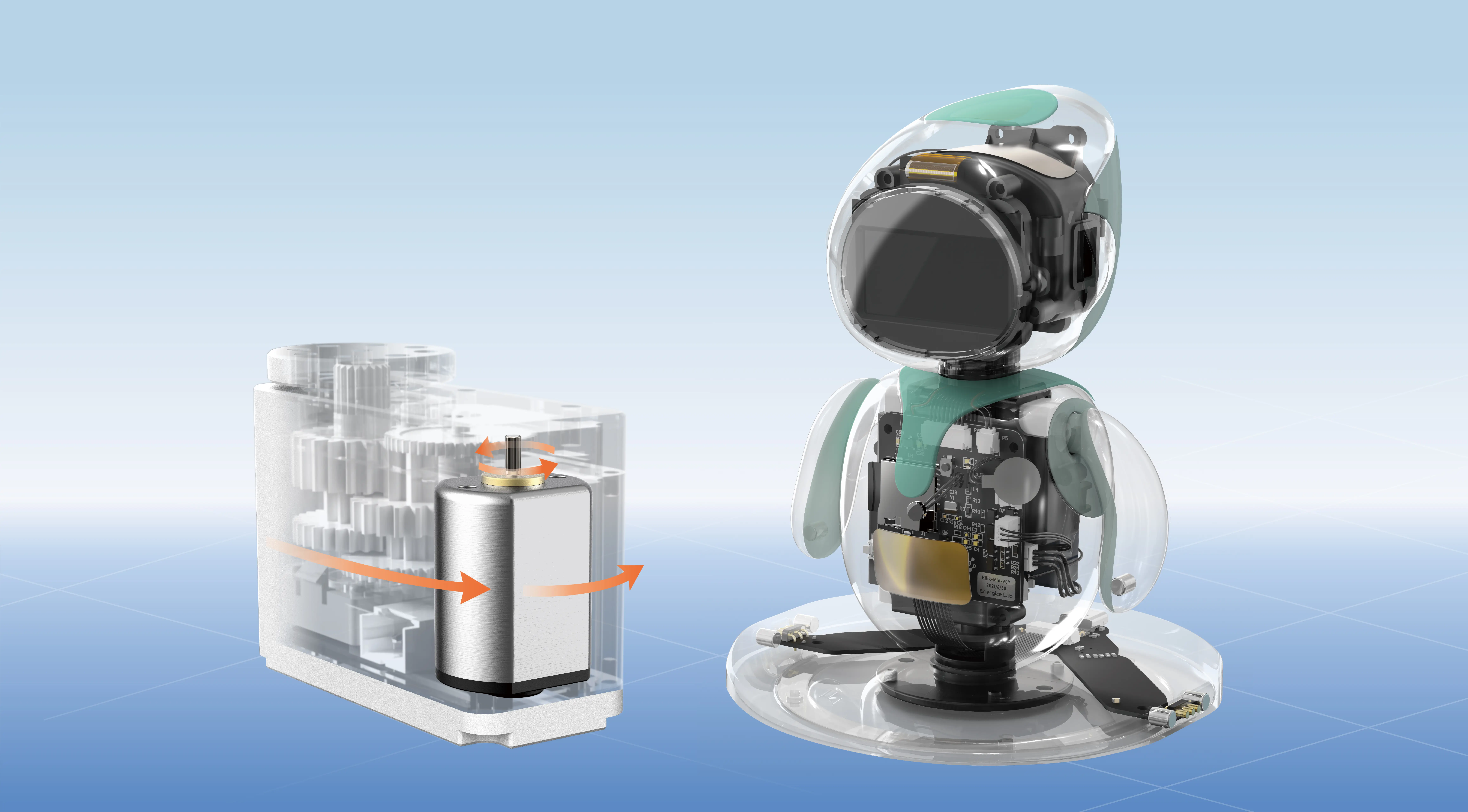Microservices: The Hidden Tech Debt You Need to Address
You’ve probably heard about microservices—how they can revolutionize your software architecture, increase scalability, and make your systems more agile. It all sounds great until the challenges start stacking up. Before you know it, microservices can become the elephant in the room: tech debt.

So, what’s the deal with microservices and tech debt? Let’s break it down.
The Allure of Microservices
In theory, microservices seem like a dream come true. The promise is simple: break down your monolithic applications into smaller, independently deployable services. Each service does one thing, and does it well. This modular approach gives your team the flexibility to develop, test, and deploy features faster. Sounds perfect, right?
But here's the catch: the more services you add, the more complex your architecture becomes. It’s like stacking Lego pieces without a solid base—eventually, the tower becomes harder to manage. You’re constantly juggling numerous services, dealing with communication issues, managing data consistency, and monitoring performance.
The Accumulating Debt
Microservices create tech debt in ways you might not expect. For starters, every service needs to be maintained. This means regular updates, patching, and ensuring they all communicate properly. Over time, your development cycle grows longer, not shorter, as managing multiple services requires more resources.
Take a real-world example: think about a company that implemented microservices for their payment system. At first, it worked well, but soon, each service began to accumulate its own set of dependencies, versioning issues, and configuration challenges. What seemed like an elegant solution quickly turned into a nightmare.
What Happens When Microservices Aren’t Managed Well?
As microservices evolve, so does the complexity. Without careful management, a few problems quickly escalate:
- Performance Bottlenecks: Multiple microservices means more network calls. Sometimes, these calls slow down your application, especially if you haven’t optimized your service interactions.
- Data Consistency Issues: Microservices are often distributed, so keeping data in sync can be a headache. If your services aren’t well-coordinated, you could end up with inconsistent data across your platform.
- Operational Overhead: Each service needs to be monitored, logged, and updated. That means you need robust infrastructure to keep everything running smoothly. This increases your operational costs and overhead.
There’s no denying that microservices come with their fair share of challenges, but they don’t have to sink your team. A little bit of foresight and planning can help reduce the risk of tech debt. For example, it’s crucial to have a strong monitoring system in place from day one. This will help you catch issues early before they balloon into bigger problems.
Also, consider the scope of your microservices. Start small and gradually scale. You don’t have to break everything into microservices from the get-go. Focus on areas where microservices can truly bring value, and be ready to scale or adjust as needed.
Microservices and You: A Balancing Act
The reality is, microservices aren’t a one-size-fits-all solution. They can be a powerful tool, but they require careful planning, management, and—most importantly—a willingness to constantly evaluate their effectiveness. If you’re not careful, microservices will add up to more than just a technical challenge—they’ll become the tech debt that keeps you awake at night.
But don’t worry—microservices don’t have to lead to failure. With the right tools and strategies, they can evolve into a well-oiled machine. The trick is staying ahead of the curve and managing the complexity before it overwhelms you.
If you're looking to take your microservices to the next level and reduce the risk of tech debt, there are solutions out there that can help simplify the process. But that’s a topic for another time. For now, just remember: Microservices are powerful, but only if you’re ready to put in the work to manage them properly.
Established in 2005, Kpower has been dedicated to a professional compact motion unit manufacturer, headquartered in Dongguan, Guangdong Province, China. Leveraging innovations in modular drive technology, Kpower integrates high-performance motors, precision reducers, and multi-protocol control systems to provide efficient and customized smart drive system solutions. Kpower has delivered professional drive system solutions to over 500 enterprise clients globally with products covering various fields such as Smart Home Systems, Automatic Electronics, Robotics, Precision Agriculture, Drones, and Industrial Automation.




































